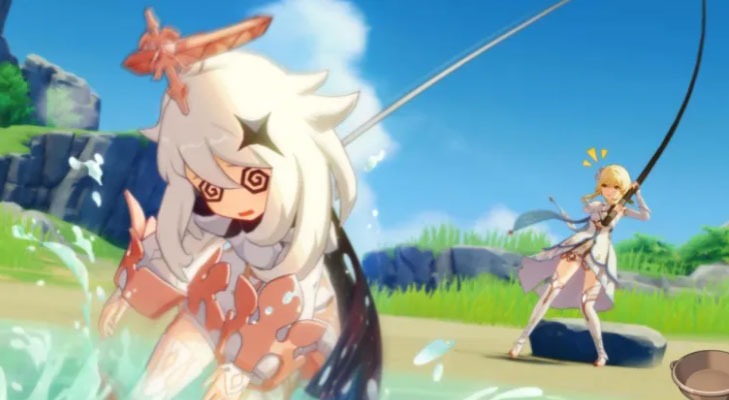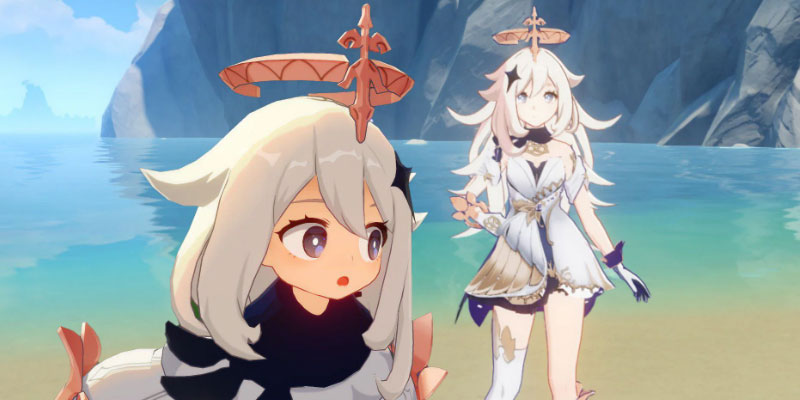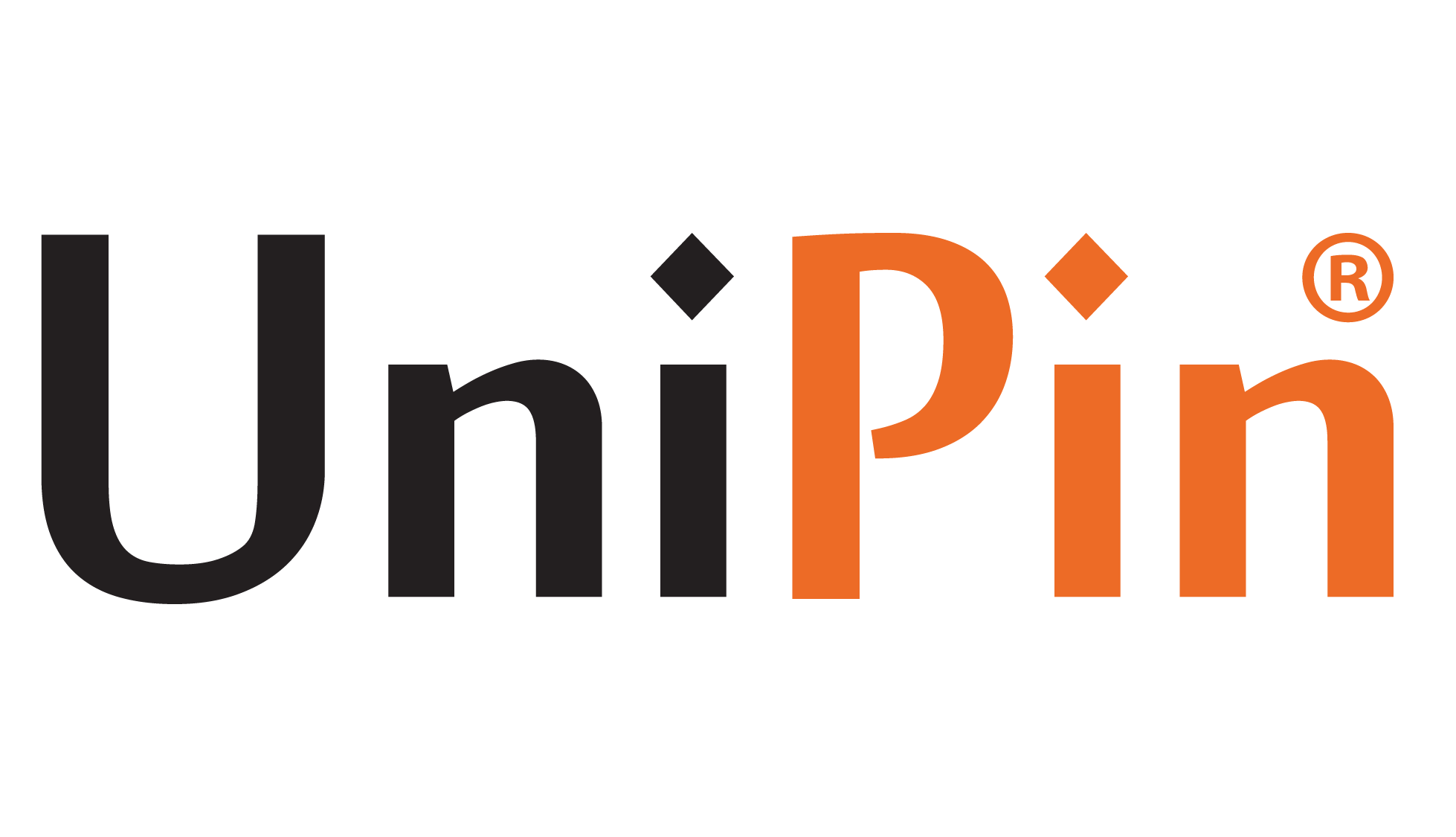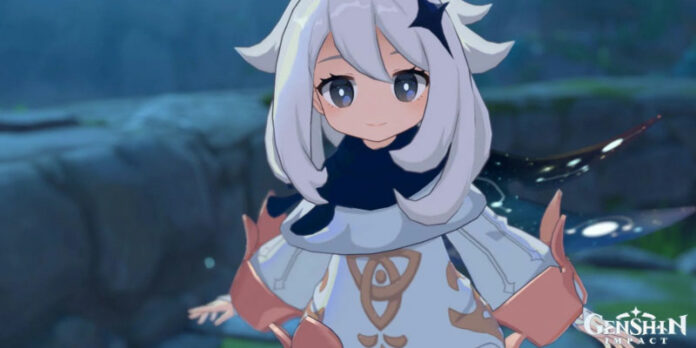Paimon, an NPC character Genshin Impact with multifaceted roles within Genshin Impact, is a vital intermediary between Travelers and other in-game personas. Despite this, an enigmatic aura envelops Paimon, colloquially known as “emergency food,” due to the obscurity surrounding her origins and authentic self. Curiously, players have raised queries about Paimon’s nature, her affinity for Travelers, and other irregularities.
Speculation of Paimon Genshin Impact’s Real Identity

Various conjectures emerge within the game’s narrative, offering possible ties and insights into Paimon’s authentic identity. Here are notable suppositions connected to Paimon’s genuine essence, stemming from quests and other sources. It’s noteworthy that these theories might contain spoilers for players.
Unknown God
Paimon’s identity is frequently linked to the enigmatic Unknown God or the deity often called the Heavenly Principles. This deity presides over all matters concerning Teyvat and the governing natural laws within that realm.
A striking similarity in physical design between Paimon and the Unknown God bolsters the notion of a connection. Shared attributes such as white hair and attire, particularly the robe style, fuel the speculation that Paimon might be linked to the Unknown God, albeit without official verification from the game.
The distinctive sleeves of Paimon’s garments resemble the Pillars that descended from Celestia, structures associated with the Heavenly Principles and their yet-unknown intentions.
These Pillars are observable in various places like the Genshin Impact login page (thought to be Celestia), the column in Sal Vindagnyr (Dragonspine), and the column in the Underground Chasm.
Seelie
According to player conjecture, Paimon’s true identity aligns with the creature guiding Travelers toward treasure chests, known as Seelie. As per the Jueyun’s Records, these Seelie beings were once a thriving civilization dedicated to teaching adventurers and imparting worldly wisdom to novices.
Tragedy befell the Seelie nation, rendering them extinct while leaving behind their guiding capabilities. Their beauty, knowledge, and wisdom vanished, leaving only the ability to aid adventurers.
Comparisons between Paimon and Seelie extend to her role as a guide for Travelers in Teyvat, her affinity for treasure, and her capacity to fly, mirroring Seelie’s abilities recorded in texts and encounters.
Istaroth

Istaroth, the god of wind and time, exists in antiquity preceding The Seven, Archons and the Heavenly Principles in their present forms. This deity is believed to be a fragment of the Primordial One’s power, often referred to as the Four Shining Shades of Primordial One.
Mondstadt and Enkanomiya’s ancient inhabitants revered Istaroth, as evidenced by relics like the sundial on Mondstadt’s Nameless Island and the Thousand Wind Temple, an homage to Istaroth’s moniker “Thousand Wind of Time.”
Insights into Istaroth’s legacy are gleaned from texts such as “Before Sun and Moon” in the Enkanomiya library, highlighting the god’s dominion over time manipulation in Teyvat.
Evidence suggests a parallel between Paimon and Istaroth in their control over time. Notably, when accessing Genshin Impact’s “Menu,” time stands still in Teyvat, with Paimon alone in motion, even facing the player’s viewpoint. The player’s capacity to manipulate time in the game is also reminiscent of Istaroth’s influence.
These conjectures unveil a fascinating exploration of Paimon’s enigma, with implications that may be addressed in forthcoming game updates.
Considering these possibilities, consider enhancing your gaming experience by replenishing your resources. Top up Genesis Crystal, Gnostic Hymn, and Welkin Moon through UniPin to facilitate acquiring your favored characters in future updates.

